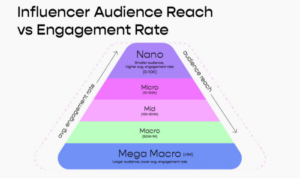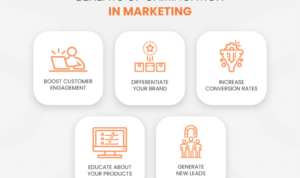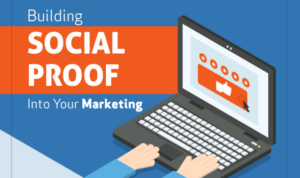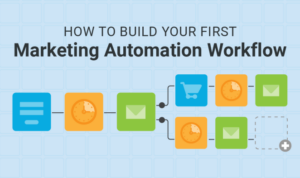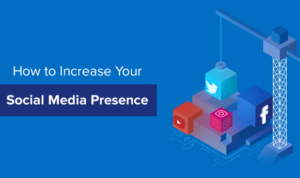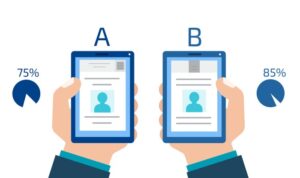E-commerce Growth Tips are all the rage in the online business world, where knowing the ins and outs can make or break your success. From website design to customer experience, get ready to dive deep into the strategies that can take your e-commerce game to the next level.
Importance of E-commerce Growth
In today’s digital age, e-commerce growth is more crucial than ever for businesses looking to stay competitive and thrive in the market. The shift towards online shopping has been accelerated by technological advancements and changes in consumer behavior, making it essential for companies to embrace e-commerce growth strategies to reach a wider audience and increase revenue.
One of the key reasons why e-commerce growth is crucial for businesses is the significant impact it can have on revenue generation. Statistics show that businesses with a strong online presence and effective e-commerce strategies experience higher sales and revenue compared to those that rely solely on traditional brick-and-mortar stores. In fact, companies that prioritize e-commerce growth have seen a notable increase in their bottom line, showcasing the importance of investing in online platforms.
Moreover, focusing on e-commerce growth offers businesses a range of benefits beyond just financial gains. By expanding their online reach, companies can connect with customers from different geographical locations, breaking through physical boundaries and tapping into new markets. This market expansion not only increases brand visibility but also allows businesses to diversify their customer base and establish a global presence, enhancing their overall competitiveness in the industry.
Key Benefits of E-commerce Growth
- Increased revenue through online sales channels
- Ability to reach a wider audience and target new markets
- Enhanced brand visibility and global presence
- Improved customer engagement and retention
- Cost-effective marketing strategies and scalability
Strategies for E-commerce Growth

In today’s digital age, optimizing your e-commerce website and utilizing various online marketing strategies are crucial for achieving growth and success in the competitive online marketplace. Here are some effective strategies to help boost your e-commerce business:
Optimizing Website Design for Better User Experience
Having a user-friendly and visually appealing website is key to attracting and retaining customers. Here are some tips to optimize your website design:
- Ensure easy navigation and a clear layout to help users find products easily.
- Optimize website speed for faster loading times, reducing bounce rates.
- Implement a responsive design to cater to mobile users, as a significant portion of online shopping is done on mobile devices.
- Include high-quality images and detailed product descriptions to enhance the shopping experience.
The Importance of for E-commerce Growth
plays a crucial role in driving organic traffic to your e-commerce website. Here are some ways can boost e-commerce growth:
- Optimize product pages with relevant s to improve search engine rankings.
- Create high-quality content that attracts backlinks, improving domain authority.
- Optimize meta tags, URLs, and image alt text for better visibility in search results.
- Regularly monitor and analyze website performance to make necessary adjustments.
Utilizing Social Media for Increasing E-commerce Sales
Social media platforms provide a valuable opportunity to engage with customers and drive sales. Here’s how you can leverage social media for e-commerce growth:
- Regularly post engaging content, promotions, and product updates to keep followers informed and interested.
- Utilize social media advertising to reach a larger audience and target specific demographics.
- Interact with customers through comments, messages, and live chats to provide personalized customer service.
- Collaborate with influencers and brand ambassadors to promote your products to their followers.
The Role of Email Marketing in Driving E-commerce Growth
Email marketing remains a powerful tool for nurturing leads, driving conversions, and retaining customers. Here’s how you can harness the power of email marketing:
- Segment your email list to send targeted campaigns based on customer preferences and behaviors.
- Create compelling subject lines and personalized content to increase open rates and engagement.
- Automate email workflows for abandoned cart recovery, product recommendations, and special promotions.
- Analyze email performance metrics to optimize campaigns and improve ROI over time.
Enhancing Customer Experience
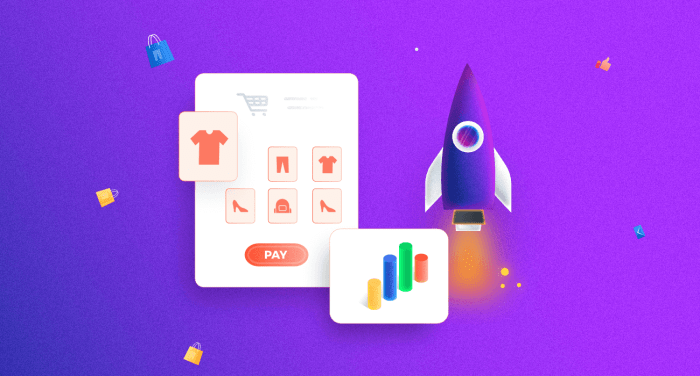
Creating a personalized shopping experience is crucial in e-commerce as it helps to build a strong connection with customers and increase brand loyalty. By tailoring product recommendations, promotions, and content to individual preferences, businesses can enhance the overall shopping experience for each customer.
Significance of Personalized Shopping Experiences
- Personalized product recommendations based on past purchases or browsing history can increase conversion rates and average order value.
- Customized promotions and discounts for specific customer segments can improve customer satisfaction and drive repeat purchases.
- Targeted content such as personalized emails or product suggestions can help reduce cart abandonment rates and increase customer engagement.
Impact of Customer Reviews and Ratings
- Customer reviews and ratings play a significant role in influencing purchase decisions as they provide social proof and build trust among potential buyers.
- Positive reviews can boost sales and improve brand reputation, while negative reviews can alert businesses to areas for improvement and help them address customer concerns.
- Responding to reviews, whether positive or negative, shows customers that their feedback is valued and can help foster a positive relationship with the brand.
Successful Customer Retention Strategies
- Implementing a loyalty program that rewards customers for repeat purchases and engagement can help increase customer retention and lifetime value.
- Personalizing communication with customers through targeted emails, special offers, and personalized recommendations can strengthen the relationship and encourage repeat business.
- Providing exceptional customer service and resolving issues promptly can turn dissatisfied customers into loyal advocates for the brand.
Offering Multiple Payment Options
- Allowing customers to choose from a variety of payment methods such as credit cards, digital wallets, and buy now pay later options can cater to different preferences and increase convenience.
- Offering secure and seamless payment processes can help reduce cart abandonment rates and improve overall customer satisfaction.
- Expanding payment options globally can attract international customers and help businesses tap into new markets for growth.
Utilizing Data and Analytics: E-commerce Growth Tips
Data analytics plays a crucial role in identifying growth opportunities in e-commerce. By analyzing customer behavior, market trends, and sales data, businesses can make informed decisions to optimize their strategies and drive growth.
Importance of Tracking Key Performance Indicators (KPIs), E-commerce Growth Tips
Tracking key performance indicators (KPIs) is essential for e-commerce growth as it provides valuable insights into the effectiveness of various marketing and sales efforts. By monitoring KPIs such as conversion rates, customer acquisition costs, and average order value, businesses can identify areas for improvement and implement targeted strategies to drive growth.
- Conversion Rates: Tracking conversion rates helps businesses understand how effective their website is in converting visitors into customers. By analyzing conversion rates and identifying factors that impact them, businesses can make data-driven decisions to optimize their website and increase sales.
- Customer Acquisition Costs: Monitoring customer acquisition costs allows businesses to assess the efficiency of their marketing campaigns. By tracking this KPI, businesses can allocate their marketing budget more effectively and focus on strategies that provide the best return on investment.
- Average Order Value: Understanding the average order value helps businesses identify opportunities to increase revenue per customer. By analyzing spending patterns and offering relevant product recommendations, businesses can encourage customers to make larger purchases and boost their sales.
Examples of A/B Testing for E-commerce Conversion Rates
A/B testing, also known as split testing, involves comparing two versions of a webpage or marketing campaign to determine which one performs better in terms of conversion rates. By testing different elements such as headlines, images, and call-to-action buttons, businesses can identify the most effective strategies to improve their conversion rates and drive growth.
A/B testing allows businesses to make data-driven decisions and continuously optimize their strategies for maximum impact.
Leveraging Customer Data for Personalized Marketing Strategies
Utilizing customer data for personalized marketing strategies can significantly enhance the customer experience and drive e-commerce growth. By analyzing customer preferences, purchase history, and behavior patterns, businesses can create targeted marketing campaigns that resonate with their audience and increase engagement and sales.
- Personalized Product Recommendations: By using customer data to recommend products based on past purchases or browsing history, businesses can increase cross-selling opportunities and encourage repeat purchases.
- Behavior-Based Email Marketing: Sending personalized emails based on customer behavior, such as abandoned cart reminders or product recommendations, can re-engage customers and drive conversions.
- Targeted Advertising Campaigns: Leveraging customer data to create targeted advertising campaigns can help businesses reach the right audience with relevant messages, increasing the likelihood of conversion and driving growth.
